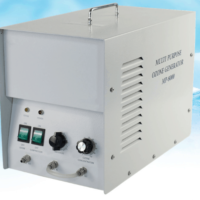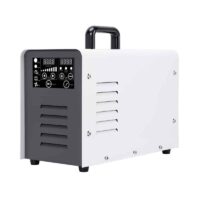Description
SOZ-Series Industrial Ozone Generators
SOZ-Series Industrial Ozone Generators use corona discharge technology with advance power supply and heat resistant HQG non-glass structure dielectric to provide superior performance in terms of water and air ozone treatment.
SOZ-Series generators range from ozone production of 40 g/hr up to 2000 g/hr to handle a variety of industrial applications.
THESE UNITS ARE BUILT TO ORDER, ESTIMATED LEAD TIME: 6-8 WEEKS
SOZ-Series Product Features
- Continuous ozone output (adjustable)
- Extremely stable structure
- Long lifespan
- High discharge efficiency
- Not easy to damage in the case of water back flow
- Stainless steel enclosure
- Compatible with air or oxygen source
- Gas Flow meter
- Ammeter
- In-built fan
- Multi-point Malfunction monitoring – main board temperature, high voltage transformer temperature, cooling water temperature and detection of water back flow. Equipment ceases operation and corresponding fault indicator light up on control panel.
- Equipment can be controlled by different types of ozone measuring devices
SOZ-Series Specifications

 Applications
Applications
The SOZ-Series was made to tackle a variety of Industrial applications, including:
Food Industry
The use of ozone sanitation in the Food Industry offers many advantages to the beverage and food industries. Ozone is an environmentally friendly disinfectant that leaves no residual or by-products after the disinfecting process. Ozone is also a safe sanitizer with no need for chemical storage, handling, or related safety issues. The use of ozone may eliminate the need of some hot water cycles, reducing the amount of water used, and the energy costs associated with hot water. These costs savings in conjunction with chemical savings have made ozone a cost saving measure in some applications.
Ozone has been used extensively in the beverage industry for disinfection of the product, bottles, and fillers. The use of ozone in this industry has been widespread since the FDA gave ozone GRAS approval in November 1892 (21 CFR 184.1563). The use of ozone as a surface sanitizer, and for direct contact with food, has also grown more recently. In 2001, ozone was given a GRAS approval for direct contact with all meat and poultry products (FSIS Directive 7120.1). Some of the examples of ozone applications are listed below;
- Ozone use for CIP systems.
- Ozone for contact surface sanitation.
- Ozonated ice.
- Listeria Inactivation
- Ozone in milling
- Ozone in the wine industry
- Ozone for fruit and vegetable sanitation
- Ozone in seafood processing.
- General applications of odour control in offal rooms and other processing areas.
Aquaculture Industry
Ozone is increasingly used in aquaculture due to its numerous advantages over traditional water treatment methods. Supplementing or replacing an existing system, ozone implementation has the potential to boost the competitive advantage of your aquaculture application.
Ozone Advantages:
- Reduced Water Usage
- Faster Growth Rates
- Reduction of Waterborne Diseases
- Higher Standard of Environmental Control
- Can be used in synergy with other Treatment Processes
Why Ozone Use is Growing in Aquaculture?
- It effectively removes organics, pesticides, discoloration, and nitrates.
- Typically unconsumed ozone reverts back to oxygen, leaving no harmful residuals behind.
- Ozone oxidizes long chain molecules, which are unaffected by biofiltration.
- Ozone involves far lower risk of accidental pollution in comparison to other water treatment methods.
- O3 improves the effectiveness of biological and particulate filtration.
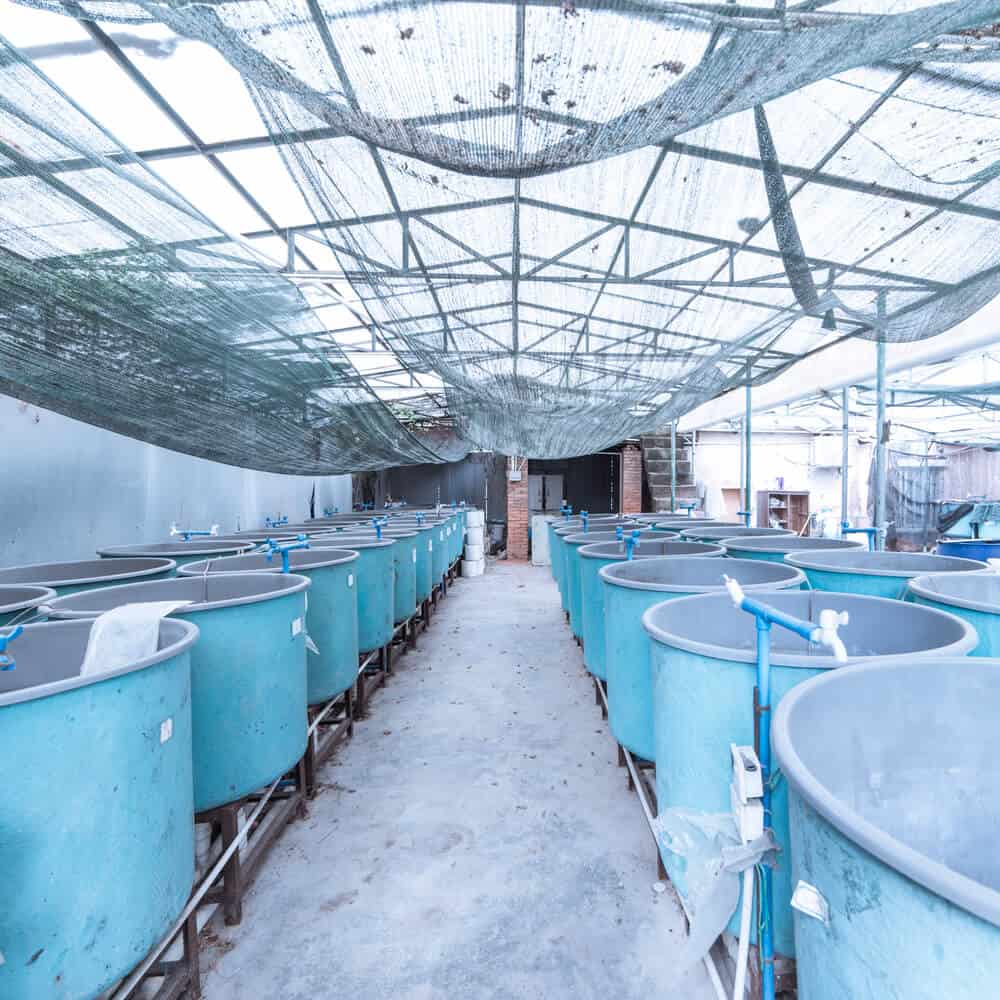
Recirculating Aquaculture Systems(RAS)
Recirculating Aquaculture Systems (RAS) provide potential advantages over pond or cage-based forms of aquaculture. These include flexibility in site selection, reduced water usage, lower effluent volumes, better environmental control, and higher intensity of production. However, as stock densities and levels of water re-use increase, wastes accumulate rapidly and environmental control becomes more difficult. Sophisticated systems capable of removing both particulate and dissolved organic wastes become necessary.
An increasingly popular method of removal is to breakdown these organic wastes using an oxidising agent, such as ozone. Ozone is also widely used to sterilise supply and effluent water for RAS to remove pathogens.
Groundwater Remediation
Ozone Advantages
- Twelve times more soluble than oxygen in water
- Moves easily through the soil
- Produced on-site, no need for hazardous chemical transportation or storage
- Most powerful oxidiser available
- Complex organics break down to carbon dioxide or less toxic molecules
- Breaks down to oxygen which increases DO levels
Contaminants Destroyed by Ozone
- MTBE (methyl tertiary butyl ether)
- BTEX (benzene, toluene, ethylbenzene, & xylenes)
- Hydrocarbons
- Diesel Fuel
- TCE (trichloroethylene)
- Pesticides
- Chlorinated Solvents
- VOCs (volatile organic compounds)
- Aliphatic & Polyaromatic Hydrocarbons

Laundry
Microbiological Benefits
- Ozone will reduce all bacteria and viruses that may be on any linens, wiping cloths, or clothing.
- MRSA and Clostridium difficile are rapidly eradicated by ozone laundering within 3-6 minutes.
- Reduction of cross contamination of illness has been documented in nursing home and hospital facilities using ozone laundering.
Environmental Benefits
- Less rinse water used reduces the overall discharged water.
- Less chemicals used in the laundering process means fewer chemicals discharged with the wastewater.
- Lower COD levels are found in discharge water when using ozone.
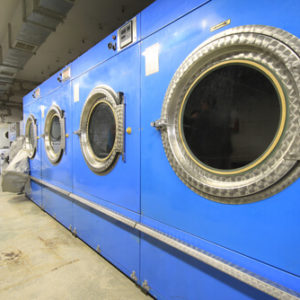

Waste Water Disinfection
The use of ozone for wastewater disinfection has been growing in popularity due to strict regulations on fecal coliform and other pathogens.Ozone is a green solution to wastewater disinfection. Ozone is produced on site and is all natural, formed from only oxygen. No by-products or waste products are formed in the creation of ozone.
Benefits of ozone:
- Will destroy all bacteria without showing any preference to a specific type of microorganism and reduce BOD and COD, and also some other contaminants.
- Ozone is effective on wastewater with TDS and TSS levels, that is not suitable for UV disinfection.
- Fewer byproducts like Trihalomethanes and Chloramines are formed.
- Oxidation of odour causing compounds and colour from waste streams.
- Reduction of micro-pollutant level and also suspended solids.
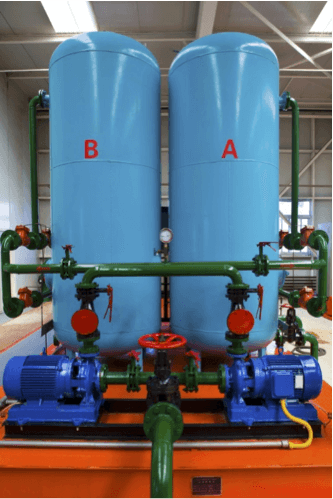
Drinking Water Treatment
There are a number of applications including :
- Bottling plant disinfection
- Drinking water disinfection
- Oxidation of soluble iron and maganese to insoluble compounds.
- Oxidation of pesticides , tannins and other organic compounds in drinking water.
For bottling applications the International Bottled Water Association (IBWA) suggests a residual ozone level of 0.2 to 0.4 ppm. This provides disinfection to both the water and the bottle.
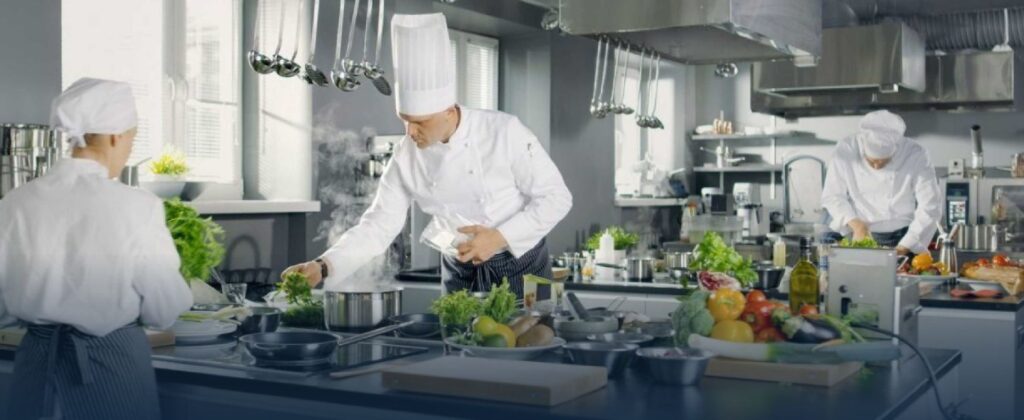
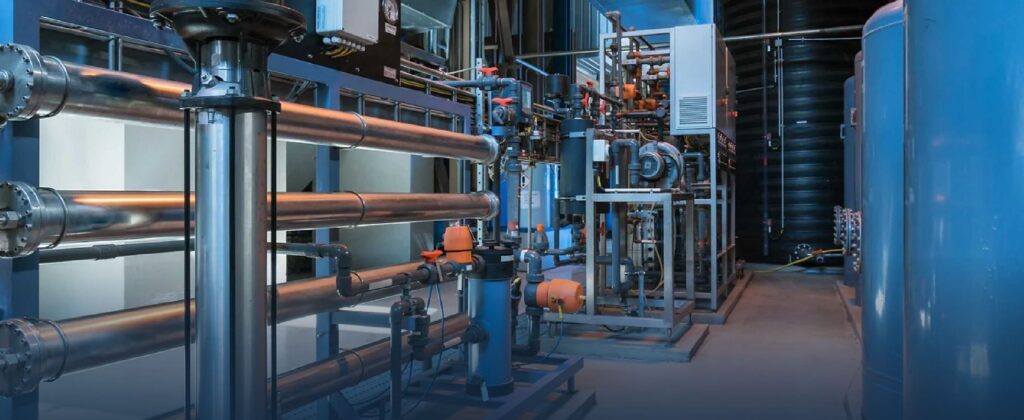
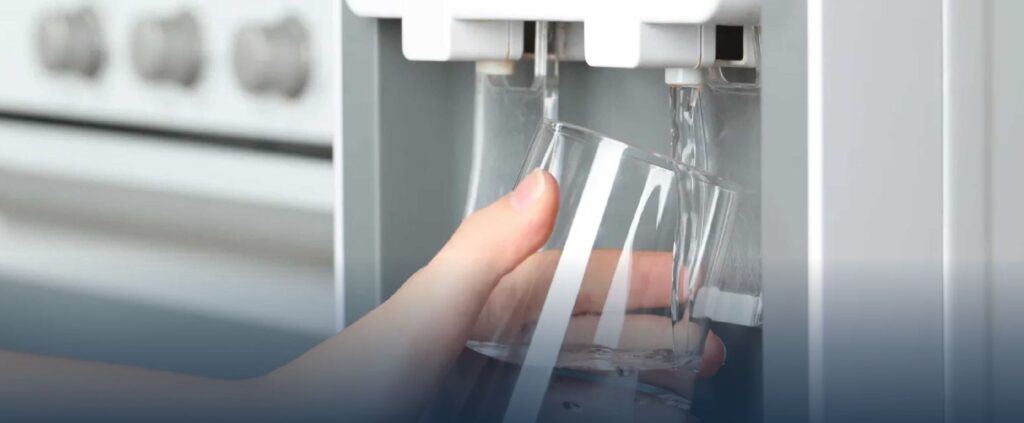




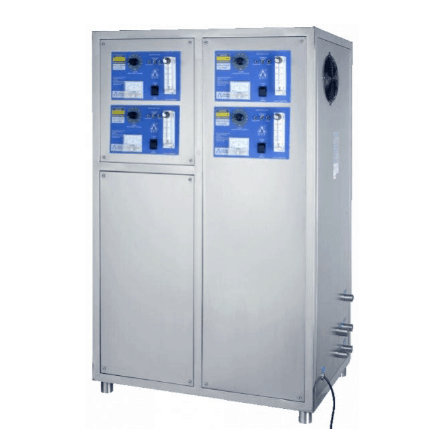
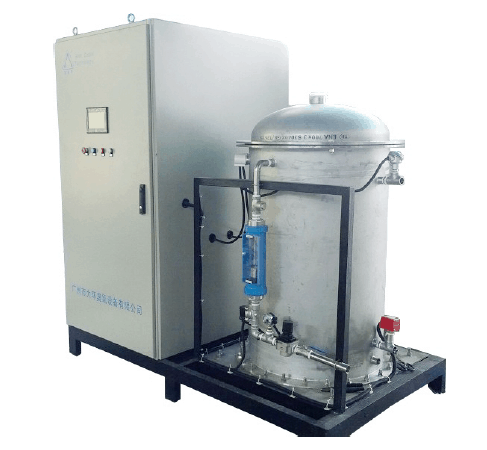
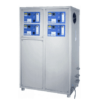


 Applications
Applications




